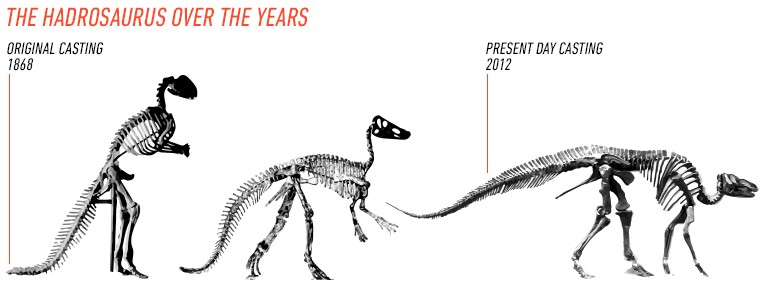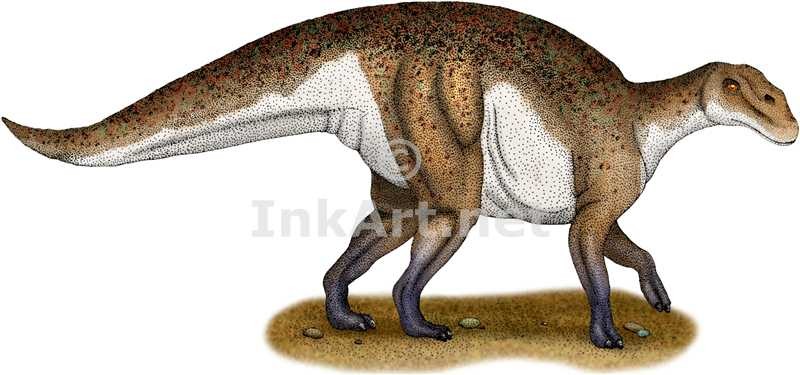База данных динозавров:
Общее количество образцов: 1365| name | Hadrosaurus (Гадрозавр) |
| period | Cretaceous (Меловой период) |
| period_mya | 66 |
| date_from | 85.8 million years ago |
| date_to | Maastrichtian Age (Маастрихтский ярус) |
| date_from2 | 85.8 |
| date_to2 | 66 |
| lived_in | a terrestrial habitat (наземная среда обитания) |
| was_a | herbivore (травоядные) |
| reproduced_by | laying eggs (откладывание яиц) |
| url | https://dinosaurpictures.org/Hadrosaurus-pictures |
| description | At the tail end of the Cretaceous, some 70 million years ago, this great beast keeled over and died. Its body must have been washed down a river into the sea, where it settled in the mud and was fossilized. But then the land rose up, and the bones were back where they started. The hulking “lizard”, with a bill shaped like duck's beak, was a native of what is now New Jersey. And in modern times, it's the official dinosaur of that state.Dug up in 1858, it was the first large set of dinosaur remains found in the USA, and the paleontologist Joseph Leidy noted that the huge bones resembled Igauanodon fossils from England. There was a rush to mount the bones for public viewing, Parts of the skull were missing, and sculptors made several imaginative reconstructions, which were not always accurate. Later duck-billed reconstructions based on relatives were more credible.Today, we know that New Jersey's Hadrosaurus was one of a kind. But it was among the early members of an important lineage. It has a unique, pivotal place in the dinosaur family tree, and is closely related to such later species as Maiasaura, Shantungosaurus and Edmontosaurus. Like them, it probably spent most of its waking day eating greens to maintain that massive body, 23 feet long, with a mass of 2.5 tons. |
| articles | F. Bukowski. 1980. Cretaceous fossils from New Jersey and Delaware. Earth Science 33(2):55-60 W. B. Gallagher. 1993. The Cretaceous/Tertiary mass extinction event in the North Atlantic coastal plain. The Mosasaur 5:75-154 W. H. Wheeler. 1966. A mosasaur mandible from the Black Creek Formation, Cretaceous, of North Carolina. The Journal of the Elisha Mitchell Scientific Society 82(2):92-93 E. D. Cope. 1869. On some reptilian remains. The American Journal of Science, series 2 48:278 W. P. Foulke. 1858. [On the fossil bones, shells and wood from Haddonfield]. Proceedings of the Academy of Natural Sciences of Philadelphia 10:213-215 L. Woolman. 1897. Bone of a dinosaur, an immense reptile, associated with ammonites and other molluscan fossils in Cretaceous (Matawan) clay marls, at Merchantville, N.J. New Jersey Survey Annual Report for 1896 B. S. Grandstaff and D. C. Parris. 2011. Bonnerichthys gladius (Osteichthyes) from the Cretaceous of the Atlantic coastal states. Abstracts with Programs - Geological Society of America 43(1):87 J. Leidy. 1866. [The specimen of a large phalanx of an extinct reptile]. Proceedings of the Academy of Natural Sciences of Philadelphia 1866:9 E. D. Cope. 1875. On the transition beds of the Saskatchewan district. Proceedings of the Academy of Natural Sciences of Philadelphia 27:2-3 P. J. Currie. 1980. Mesozoic vertebrate life in Alberta and British Columbia. Mesozoic Vertebrate Life 1:27-40 B. S. Grandstaff and D. C. Parris. 1992. Alphadon (Marsupialia) and Multituberculata (Allotheria) in the Cretaceous of eastern North America. Journal of Vertebrate Paleontology 12(2):217-222 L. A. Nessov and B. V. Prizemlin. 1991. Krupnye evolyutsionno prodvinutye neletatsshchie morskie ptitsy otryada gesperornisoobraznykh pozdnego Senona Turgayskogo proliva: pervye nakhodki gruppy v SSSR [A large advanced flightless marine bird of the order Hesperornithiformes from the late Senonian of Turgai Strait: the first discovery of the group in the USSR]. Trudy Zoologicheskogo Instituta Akademiy Nauk SSSR 239:85-107 |
| trophic_level | herbivore (травоядные) |
| habitat | terrestrial habitat (наземные среды обитания) |
| motility | actively mobile (подвижный) |
| points | 40.3 -74.3, 40.4464 -74.1786, 39.9094 -75.0281, 39.9517 -75.0381, 40.3131 -74.2225, 49 -110.55, 52.4612 64.6296, 49.2864 -112.206, 33.4833 -88.4167, 34.5542 -78.4542, 40.2826 -74.3846, 40.3515 -74.273, |
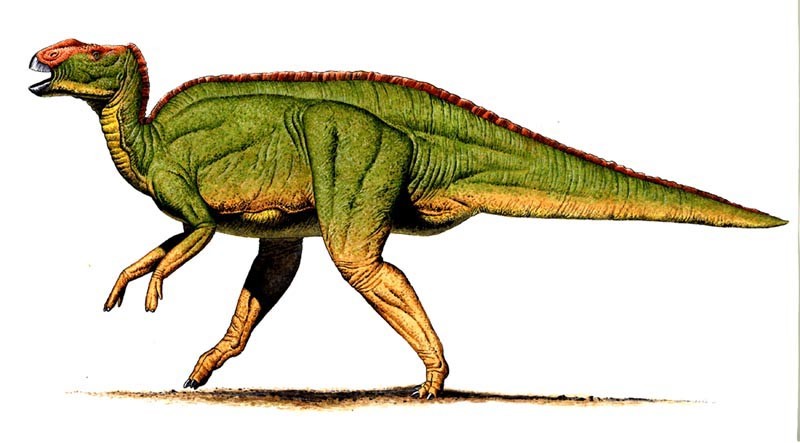
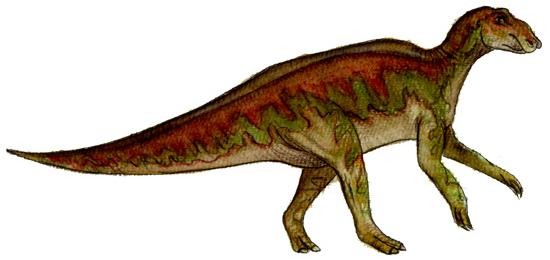
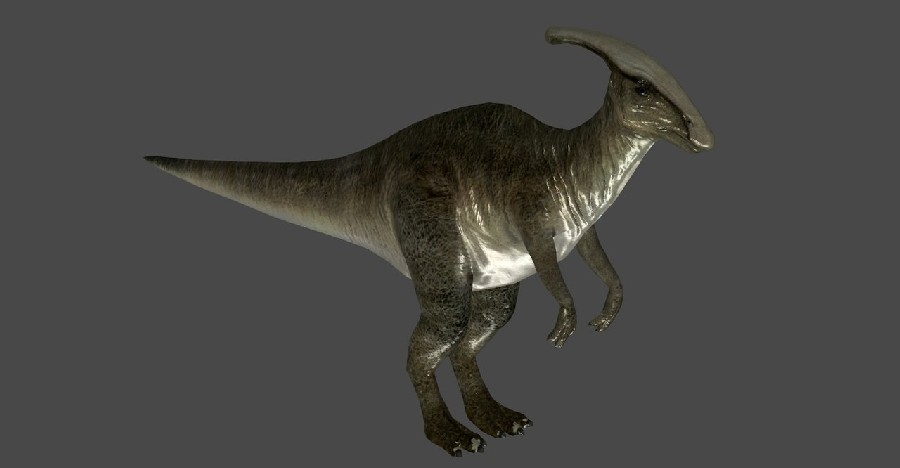
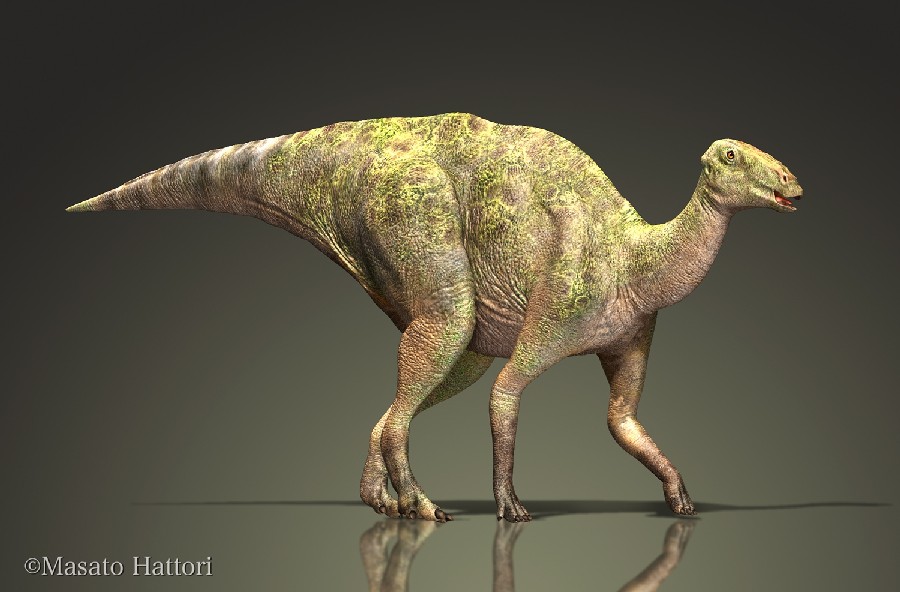
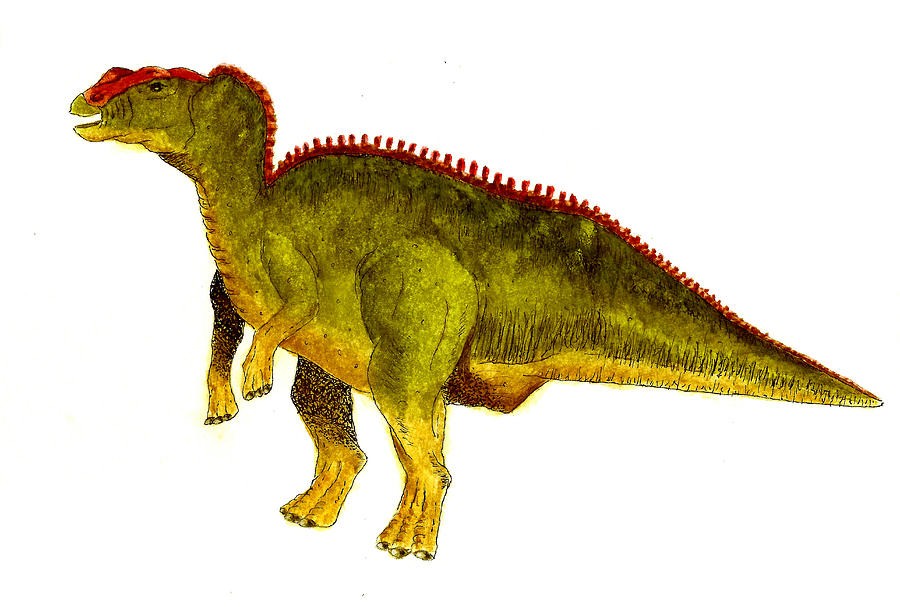
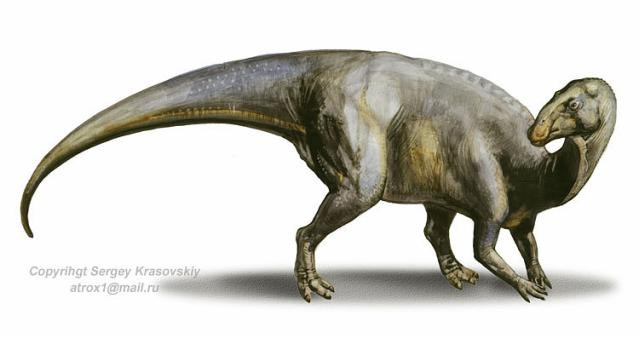
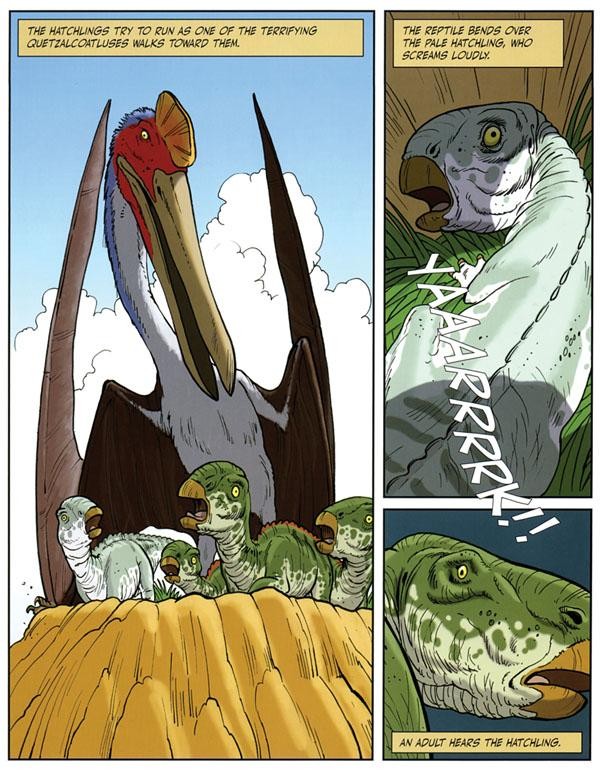
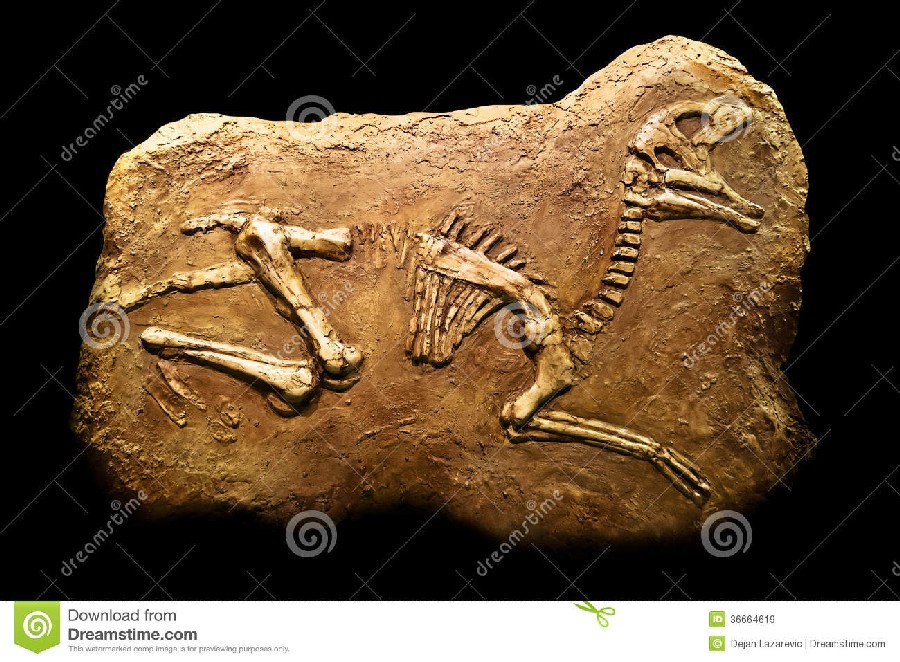
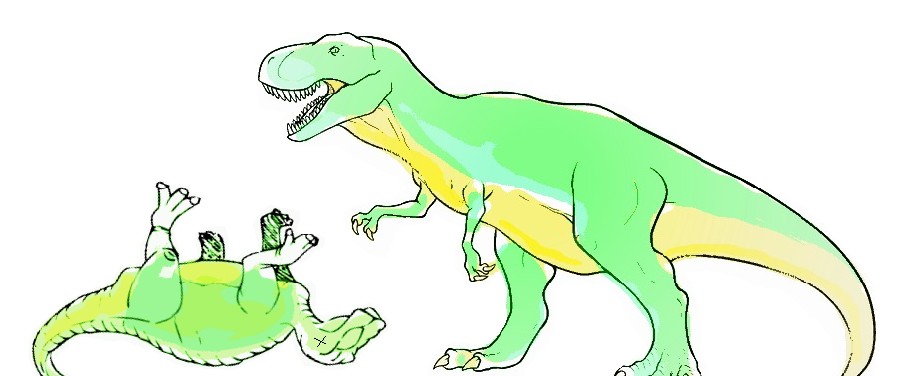

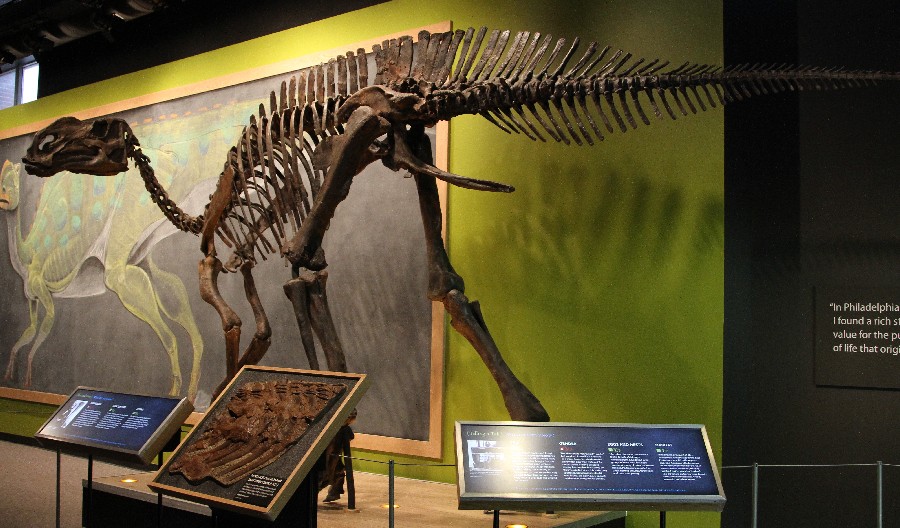
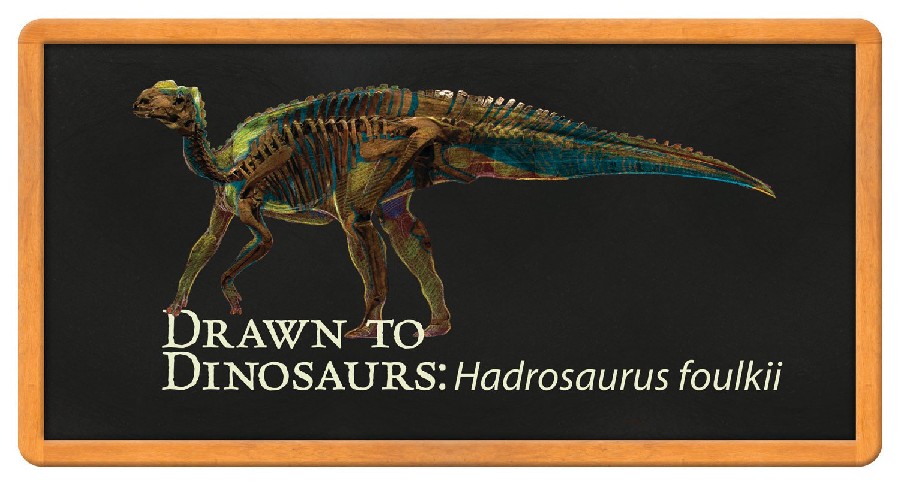
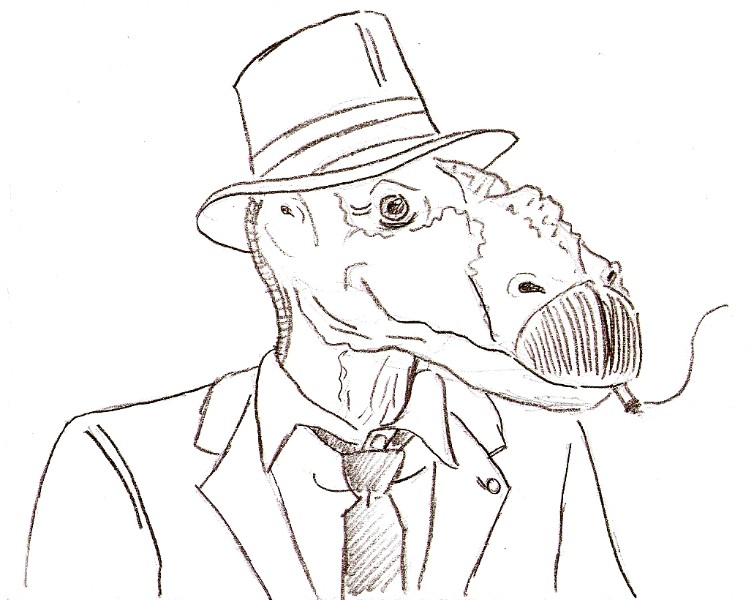
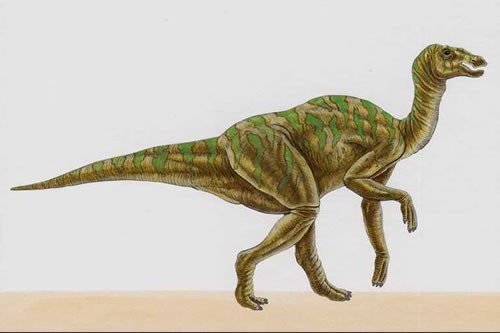
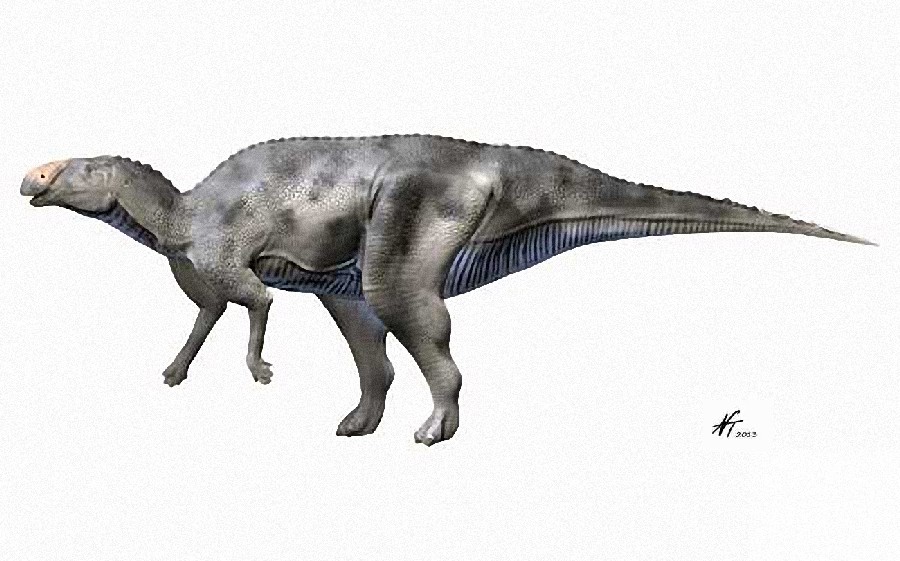
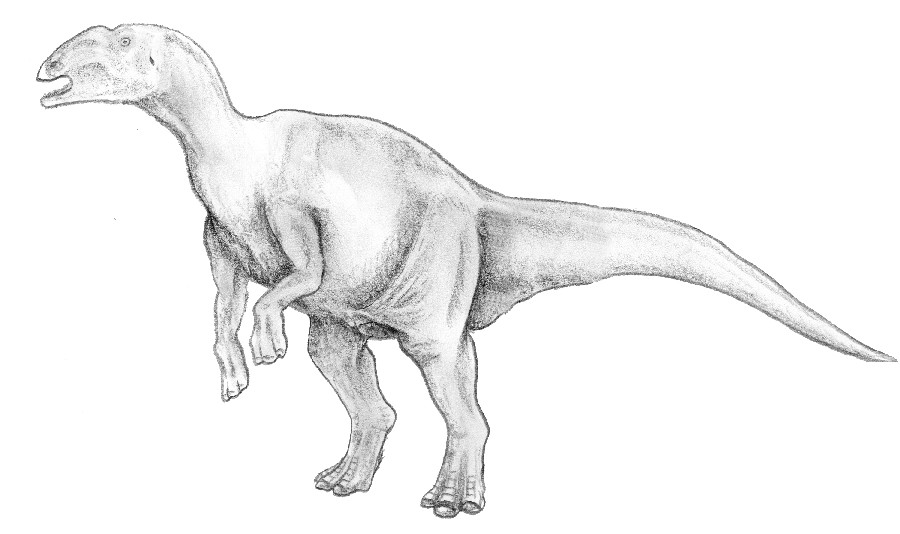
_5e7e.jpg)
